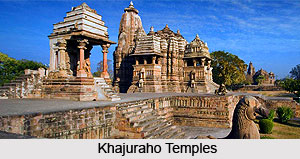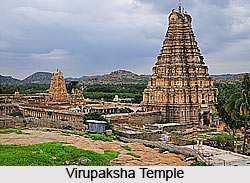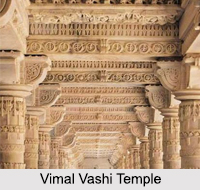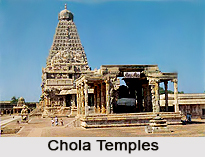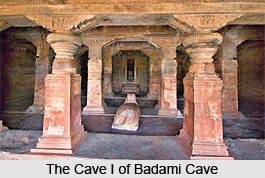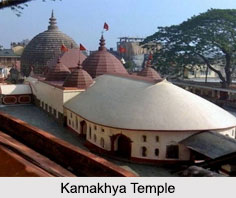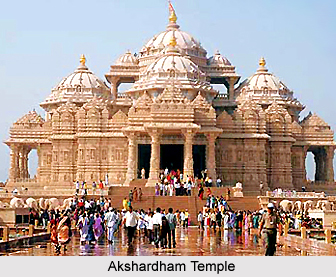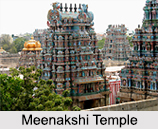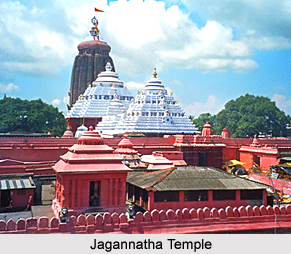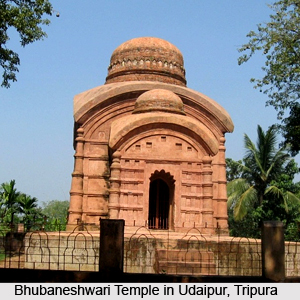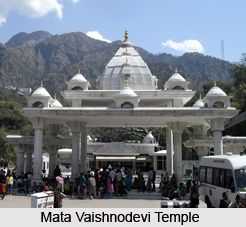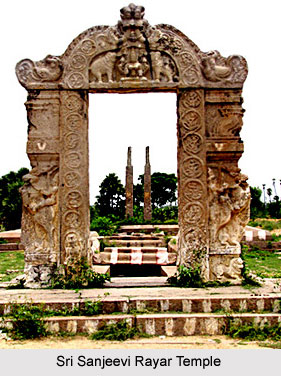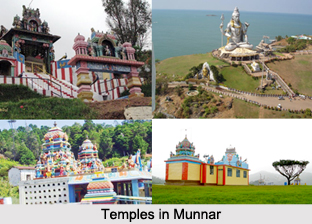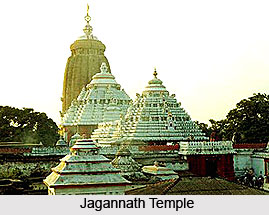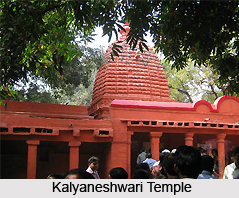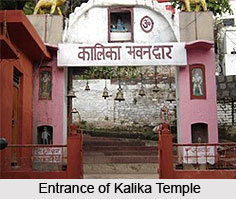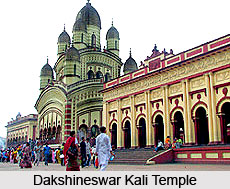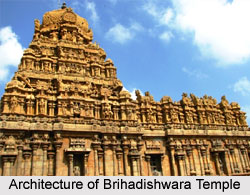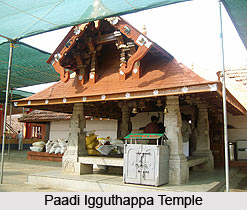 Paadi Igguthappa Temple, one of most significant temples of Kodavas, the tribal inhabitants in Kakkabe, is located in Kakkabe, Kodagu in the Indian state of Karnataka. The temple was constructed in 1810 by Linga Rajendra. The temple, dedicated to Iguthappa, another name for Lord Subramanya, was regarded as a prominent centre of worship during his reign.
Paadi Igguthappa Temple, one of most significant temples of Kodavas, the tribal inhabitants in Kakkabe, is located in Kakkabe, Kodagu in the Indian state of Karnataka. The temple was constructed in 1810 by Linga Rajendra. The temple, dedicated to Iguthappa, another name for Lord Subramanya, was regarded as a prominent centre of worship during his reign.
History of Paadi Igguthappa Temple
Paadi Igguthappa Temple, situated atop a hill in a forest region in Kakkabe, is a sacred temple of the Coorgs. As per historical records when Linga Rajendra`s son Chikka Veerarajendra was removed from his seat by the British in 1835, Dewan Apparanda Bopu took up the responsibility of renovating the temple. The renovation work comprised of re- fitting of tiles substituting the thatched roof of the temple. In 2008 the temple was again repaired and renovated. The temple was later decked with silver coated entrance door, offered by the descendants of Apparanda Bopu
Festivals of Paadi Igguthappa Temple
The presiding deity of the temple, Lord Igguthappa, is believed to be the God of Rain by the Kodavas. He is also regarded as the bestower of bounty, fulfilling the needs and desires of his devotees. Iggu means grain and thappa means give.
The temple celebrates Puthari, the harvest festival, for almost 90 days after Onam. During this annual festival, the idol of Lord Igguthappa is taken out for a grand procession to the Mallama Betta Hill. Paddy is first cultivated and offered to the lord. Special offering like Tulabhara are also presented to the Lord. In this the devotee weighs himself on a weighing scale against sugar, rice, coconuts, fruits etc, and offers them to the Lord. The People of Kodagu also organise an annual prayer festival in the month of March in the temple complex. This temple administers a considerable role towards the cultural and traditional life of this region.
This article is a stub. You can enrich by adding more information to it. Send your Write Up to content@indianetzone.com
